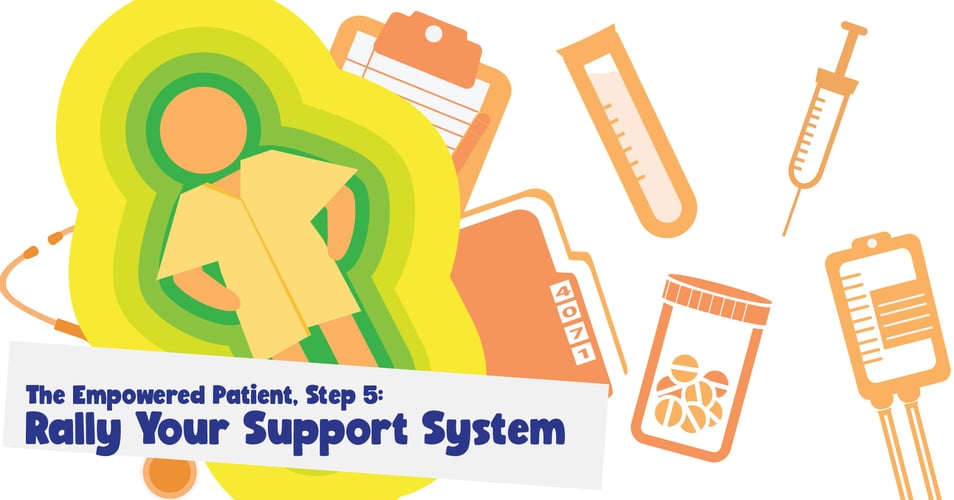Contaminated Environment = Infected Patient: A Proof In Six Steps

Surface disinfection has become the new normal. Today's post takes the concept of a high school geometry proof to connect contaminated environments to infected patients. Although this research is in healthcare settings the concept applies to all surfaces in all environments. Rest assured, you’re not crazy for questioning the last time the shopping cart handle, mass transit grab rail, or door push plate you just touched was wiped down.
Good times with proofs.
Mathematical proofs serve as a useful analogy to the methods used to prove how the reduction of bioburden in a hospital room can reduce the number of hospital-acquired infections.
We can start with the given information: Hospital acquired infections, of which 95% are bacterial, affect over 720,000 individual per year, claiming the lives of almost 10% of those infected (75,000 per year). HAI Prevalence Study, Centers for Disease Control, 2011
We follow that with what we want to prove: The lower the bacterial contamination in patients' rooms (the bioburden), the fewer infections will take place.
Setting up the proof.
There are key statements that must be proven before researchers can say with confidence that there is a correlation between bioburden and infection. This is the equivalent of the left-hand column in the table above.
- Pathogens from the patient leave the patient and land on the environment.
- Pathogens that are shed by the patient and land on the environment survive.
- Pathogens that are shed by the patient, land, and then survive on the environment get picked up by other objects or by people.
- Pathogens that are shed by the patient, land and survive on the environment, and get picked up by other objects or people get transferred to susceptible patients.
- Patients assigned rooms where a previous occupant had an infection are more likely to become infected themselves.
- The lower the bacterial contamination in a patient's room (the bioburden), the fewer infections will take place.
Each of these statements must be supported by research in order to continue down the logical path towards the statement we wish to prove.
Now comes the time for the proof.
|
Patients admitted to the hospital face a tremendous risk for acquiring an infection. The less bacterial contamination in patients' rooms (the bioburden), the fewer infections will take place. Contaminated Environment = Contaminated Patient |
|
|---|---|
| Statement | Reason |
| 1. Pathogens from the patient leave the patient and land on the environment | Studies demonstrate that pathogens of the same strain as those infecting patients can be found on the environment surrounding the patient. |
| 2. Pathogens that land on the environment survive. | Studies have discovered the persistence of many pathogens on dry surfaces, from several days to several years, depending on the organism. |
| 3. Pathogens that survive in the environment get picked up by objects and people. | Studies demonstrate that pathogens are picked up by objects and people equally as often from environmental surfaces as they are from the patient him or herself. |
| 4. Pathogens that get picked up are transferred to susceptible patients. | Studies demonstrate that pathogens of the same strain pass from one patient room to another. |
| 5. Patients in rooms with infected previous occupants are morel likely to become infected. | Studies demonstrate the increased likelihood of an infection based on previous occupant(s) for various pathogens. |
| 6. The less bacterial contamination in a patients room, the fewer infections will take place. | Studies demonstrate that cleaner room surfaces is correlated to lower HAI rates. |
If you connect the dots, you see how available research points to a direct correlation between environmental bioburden and HAI incidence! And you thought you'd never use your geometry proof skills again.
If you'd like to see this proof in the form of an infographic that includes references to scientific research, please follow this link!
Editor's Note: This post was originally published in September 2015 and has been updated for freshness, accuracy and comprehensiveness.
![EOScu Logo - Dark - Outlined [07182023]-01](https://blog.eoscu.com/hubfs/Eoscu_June2024/Images/EOScu%20Logo%20-%20Dark%20-%20Outlined%20%5B07182023%5D-01.svg)

![[infographic] From Contaminated Rooms to Infected Patients: A Proof in 6 Steps Download and share!](https://no-cache.hubspot.com/cta/default/216314/interactive-178434448899.png)



